LISTEN HERE
Do you want the good news bad news first?
Here’s the BAD NEWS:
OG covers the basics. Wonderful, necessary basics. But it doesn’t split the hairs.
Sometimes life is about splitting hairs. Understanding, decoding and encoding rich, new vocabulary is all about splitting fine hairs.
After OG, we could use conventional spelling programs, morphology workbooks, technological accommodations, and hope more text exposure will help. Often, reading continues to improve, but spelling remains poor and new vocabulary acquisition remains elusive.
I find that nobody really wants to talk about this. As practitioners, we want to tell parents that they don’t have to stay with us forever; as publishers, we don’t want to offer an infinite and overwhelming program; and as parents, we find that OG is so toughand expensive, we want it to be over when it’s over!
Here is the low-down: OG covers approximately 75% of the high-frequency patterns in words. OG does a great and necessary job of teaching phonological awareness and basic orthographic pattern recognition, but it misleads us into thinking that there are “rules” to the English language and that exceptions to those rules are unusual. These variances are not the random madness from an ugly accident of 400 languages colliding. They are lesser known patterns.
If we don’t go pass OG, we need to rely on memorization for at least 25% of our spelling. The science of learning does not support using memorizing for learning. We all have been down that miserable path. It’s not pleasant and it’s ineffective. So, we revert back to guessing, compensatory strategies, and frustration.
Stopping after OG is complete is like having your Learner pass pre-algebra! That’s great! But is it realistic to say that they don’t really need algebra, geometry, trigonometry, (or statistics, calculus, or even math theory)? Would we expect our Learners to do well in their undergraduate and graduate programs with pre-algebra and technological accommodations? If we only get kids the pre-algebra level, isn’t it reasonable to expect that they would circumvents entire career paths in order to avoid the math requirements?
If you can see why stopping after OG is like stopping after pre-algebra, you may be ready for the good news.
Here’s the GOOD NEWS:
OG is a terrific, well-justified, effective, and necessary step. OG offers a solid start into the most common possible and probable orthographic patterns used in encoding and decoding.
And more can be done! Here’s why this is hopeful:
Many in-depth OG program will cover 6 ways to spell the long A sound: open A, A-consonant-E, AI, AY, EI, EA.
The long A sound can be spelled 37 ways. And the other 31 ways are not “exceptions”. They are established through the morphology and etymology of 13 primary languages and hundreds of secondary languages. I am not suggesting that we have to go full-hog on all 37 ways to decode and encode the long A sound; however, it does make a good case for continuing the good work.
The next step is Structured Word Inquiry (SWI) – or Scientific Word Investigation.
After the primary orthographic pattern recognition (spelling patterns) of OG. The full logic of the English language can be deeply explored for at least a few years, if not for a lifetime.
SWI is an approach that deeply delves into the morphology (how parts if words form relationships based on their structure) and entomology (how a words develop meaning through use over time).
SWI makes sense of words by asking Learners to investigate morphology, etymology and phonology. It uses logic and meaning instead of memorization.
Here’s an example: Learners have learned some of the following affixes in OG: re, as, de, al, ed, er, ing, ment, ate, ure. They also may the root “sign” as a sight word. Through SWI, the Learner is guided to explore the combining, meaning, and relationship of these parts of words, called morphemes, by using a word matrix.
AS AL
RE SIGN ED
DE mark, token ER
ING
MENT
RE ATE URE
With guided SWI, the Learner then can learn the meaning, decoding, and encoding of assign, assigned, assigning, assignment, design, designed, designer, designing, designate, reassign, reassigned, reassigner, reassigning, reassignment, redesign, redesigned, redesigning, resign, resigned, resigning, signal, signaled, signaling, signed, signer, signing, signate, and signature.
SWI appeals to those with dyslexia because of our strengths in patterning and investigation. Not memorizing. The science of learning tells us that this is the most effective way to learn.
Word Works has some great SWI matrix cards you can use to get started. It an amazing and resource, but it is not exhaustive. There are many matrices that are yet to be created! English is not only a vast language, it is also evolving. I offer that in addition to, or instead of, these cards you can pick your words relevant to your Learner and start creating your own word matrices.
I do not recommend SWI as a substitution for OG. I do recommend– HIGHLY! –SWI as a substitute for any conventional spelling program that you might be tempted to use.
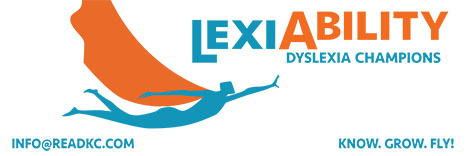
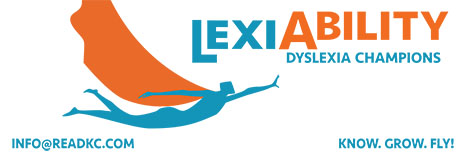
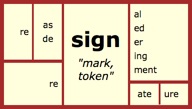
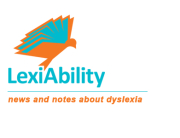
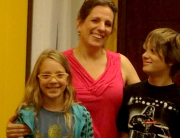
Connect with LexiAbility
RSS
Facebook
Twitter